Darangswi Oreum (Wollangbong Peak) (다랑쉬오름(월랑봉))
18.1Km 2020-05-06
San 6, Sehwa-ri, Jeju-si, Jeju-do
+82-64-740-6000
Located the Northeastern part of Jeju Island, Darangswi Oreum is a parasitic volcano that stands about 380 meters above sea level. From Darangswi Oreum, visitors can overlook tourist attractions such as Seongsan Ilchulbong (Sunrise Peak), Udo Island, Hallasan Mountain, coastlines, and various parasitic cones.
The mountain has an oval shape from south to north with a steep incline. The top has a large, deep funnel-shaped crater that still preserves its original shape unlike craters in cones. The name Darangswi is derived from the fact that the mountain looks like a moon ('Da' meaning 'Moon' and 'Swi' meaning 'Mountain' in the Jeju dialect).
Trees are scattered here and there at the top, and the outskirts of the mountain are decorated with cedar trees. Meadow plants such as Aster yomena populate most of the mountain. A gentle hill to the right of Darangswi Oreum is called Akkeun Darangswi Oreum (also called Sowol Nangak). Meaning 'small,' 'Akkeun' is both old Korean and Jeju dialect.
Darangswi Oreum hosts Wollang Peak Sunrise Festival every year allowing visitors to see the spectacular full moon from the crater. There are wooden stairs in place for easy ascent, and the mountain is also a popular site for paragliders.
Jeju Camellia Village (제주 동백마을)
18.5Km 2025-01-02
22-1 Hansin-ro 531beon-gil, Namwon-eup, Seogwipo-si, Jeju-do
Located in Seogwipo, Jeju Camellia Village has a 300-year history with its native camellia trees, and is involved in various projects. Visitors can explore the 300-400-year-old camellia trees scattered throughout the village, purchase authentic camellia oil from the community-operated mill, and participate in various experience programs such as camellia soap-making and cooking classes using camellia oil. From October to March, visitors can also purchase tangerines, locally produced by the village residents. The local community is dedicated to preserving the camellia forest for future generations, offering visitors a chance to experience the village’s beauty.
Dangcheomuldonggul Cave [UNESCO World Natural Heritage Site] (당처물동굴 [유네스코 세계자연유산])
18.5Km 2020-04-23
Woljeong-ri, Gujwa-eup, Jeju-si, Jeju-do
+82-1600-0064
Dangcheomuldonggul Cave, located in Jeju, is a lava tube estimated to have been formed some 320,000 years ago due to volcanic activity; it is located approximately 3 kilometers underground. With no entrance as such, the cave is not open to the general public and thus its original form remains preserved to this day, giving it a high geological value.
Although the Dangcheomuldonggul Cave is technically a lava tube, it resembles a limestone cave due to the secondary geological formations
of lime substances that have accumulated in the ground above the tube. The tunnel has a spectacular and mystical beauty with countless stalactites and stalagmites, as well as stalactite columns. The particularly thin stalactites and stalactic columns in this cave are well-known for their uniqueness and beauty. Although this is a relatively small lava tunnel, its exotic colors and the richness of the secondary topological formations make it extraordinary in terms of research value. This cave has been designated natural monument.
* The UNESCO World Heritage inscribed Geomun Oreum Lava Tube System consists of Bengdwigul, Manjanggul Cave, Gimnyeonggul, Yongcheondonggul and Dangcheomuldonggul Caves.
Yongnunioreum Volcanic Cone (용눈이오름)
18.8Km 2024-03-15
28 Jongdal-ri, Gujwa-eup, Jeju-si, Jeju-do
+82-64-740-6000
Yongnunioreum Volcanic Cone is located in the eastern part of Jeju. It connects three craters and creates beautiful ridges. Its relatively low x_height makes reaching its summit easy. The top offers panoramic views of Seongsan Ilchulbong Tuff Cone and Udo Island in the distance. In spring and summer, the area is covered with green grass, while silver grass takes over in fall and winter.
Historic Site of Anti-Mongolian Struggle in Hangpadu-ri, Jeju (제주 항파두리 항몽 유적)
18.9Km 2022-08-18
50, Hangpaduri-ro, Jeju-si, Jeju-do
+82-64-710-6721
Historic Site of Anti-Mongolian Struggle in Hangpadu-ri is where the Sambyeolcho military unit of the Goryeo dynasty resisted the invasion of Mongolia until the last possible moment. The site houses an
exhibition hall, a monument, and a unique mud fortress. Nearby is Jangsumul Spring (Jangsu means general) which flowed from the footprints of General Kim Tong-jeong. Today, water from the spring
cannot be used as drinking water.
Sambyeolcho was a military unit of the Goryeo dynasty. When the Goryeo dynasty made peace with the Mongolian forces in February 1270 (the 11th year of King Wonjong), the Sambyeolcho special defense unit opposed it and launched a resistance movement. They moved their base to Jindo in Jeollanam-do, but after suffering a huge defeat, they moved to Jeju-do and built Hangpaduseong Fortress. They continued to fight against the Mongolian forces for two more years there. However, all the members were killed in April 1273 (the 14th year of King Wonjong).
This independent anti-Mongolian movement was born out the deeply patriotic belief in the need to safeguard the nation from foreign invasion. In 1977, the government invested 745 million won to restore part of the fortress and build a monument in commemoration of those who died in the war. The work was completed in June 1978.
Jokeunnokkome Oreum Volcanic Cone (족은노꼬메오름)
18.9Km 2024-10-08
482-34 Sallokseo-ro, Aewol-eup, Jeju-si, Jeju-do
Jokeunnokkome Oreum Volcanic Cone gets its name, meaning "little high mountain" in the Jeju dialect, from its size and location near Nokkome Oreum Volcanic Cone. The name could lead to a misunderstanding, expecting this volcanic cone to over an easy hike up; the path is as difficult as any other, but offers stunning views of the nearby area, especially of the larger Nokkome Oreum.
Olive Young - Jeju Hagwi Branch [Tax Refund Shop] (올리브영 제주하귀)
19.2Km 2024-04-18
1F, 121, Hagwi-ro, Aewol-eup, Jeju-si, Jeju-do
-
Jeju Railbike (제주레일바이크)
19.2Km 2024-10-31
641 Yongnunioreum-ro, Gujwa-eup, Jeju-si, Jeju-do
Jeju Railbike opened in 2013 and is the only raikbike facility on Jeju Island. While pedaling along, riders can enjoy the views of cows and horses out to pasture in the fields. The full course is 4 kilometers long, and the bikes are all equipped with motors, making it easy for anyone and everyone to complete the full course without breaking a sweat. Jeju Railbike stands out from other railbikes in the use of many up and down sections, as the rails are not previous railroad tracks, but newly created to match the natural terrain of the ranch. After finishing the ride, visitors can enjoy feeding small animals like sheep, goats, and rabbits.
Southernmost Theme Park (최남단체험감귤농장)
19.3Km 2024-02-20
168 Namwinamseong-ro, Namwon-eup, Seogwipo-si, Jeju-do
Southernmost Theme Park is a rural ecological farm that offers various year-round experiences. In addition to citrus harvesting, it features insect observation activities, including butterflies, rhinoceros beetles, and stag beetles, animal feeding for sika deer, black pigs, and ostriches, and craft classes like citrus-based food preparation and soap making.
Woljeongri Beach (월정리해변(월정리해수욕장))
19.3Km 2025-03-13
480-1 Haemajihaean-ro, Jeju-si, Jeju-do
+82-64-728-3906
Woljeong-ri, a village located on the east side of Jeju Island, holds the meaning "the moon stays." The beautiful emerald sea spreads out like a picture, and the bright moon shines above it. As more and more travelers visited the beach to appreciate its beauty, many restaurants, cafes, and lodging facilities started to form along the shoreline. Some cafes placed chairs for people to relax in while looking at the sea, which became an iconic photo spot of Woljeongri Beach.
The beach is also a popular location for a variety of water sports such as surfing, snorkeling, and kayaking. Woljeongri Beach is popular among surfers because it has waves with a uniform x_height that are constantly coming in. The beach is also a part of the Gimnyeong-Hado Olle and Gimnyeong-Woljeong Geotrail Course on Jeju Olle Trail Route 20, and a great spot for tourists to take a break while taking in the beautiful scenery and cool scent of the sea.
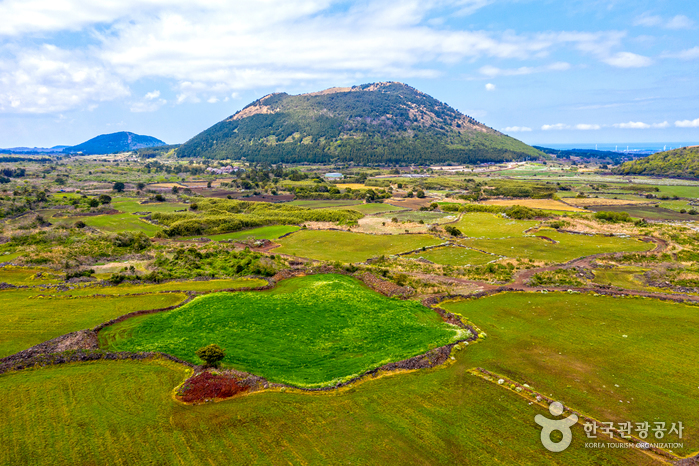

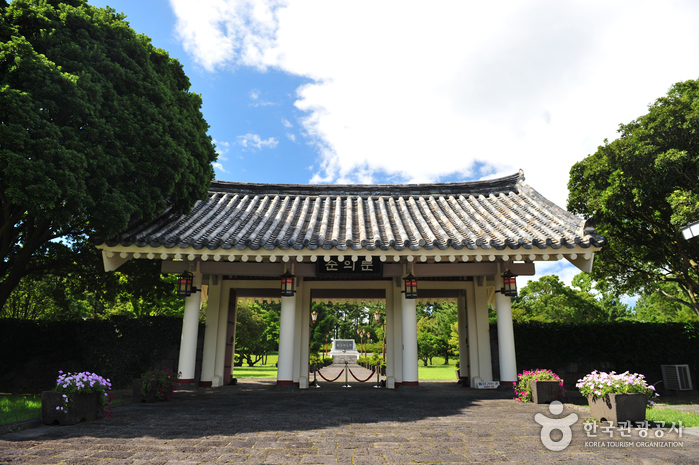
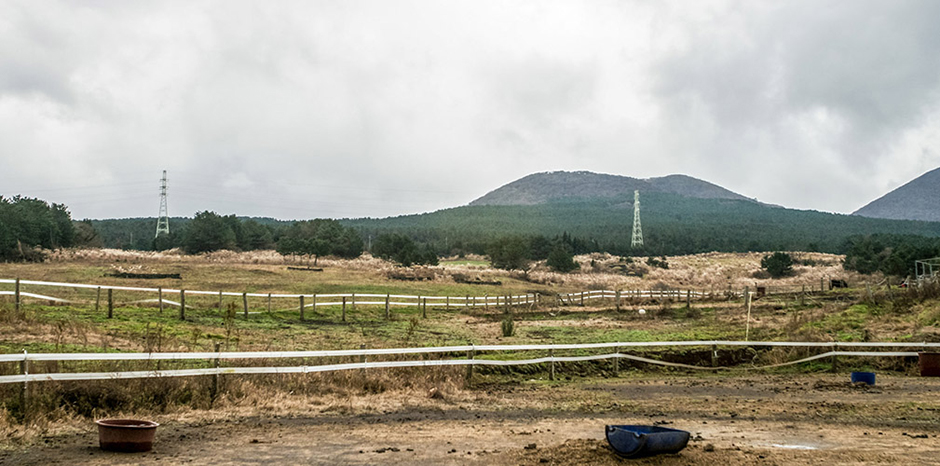
![Olive Young - Jeju Hagwi Branch [Tax Refund Shop] (올리브영 제주하귀)](http://tong.visitkorea.or.kr/cms/resource/97/2886997_image2_1.jpg)
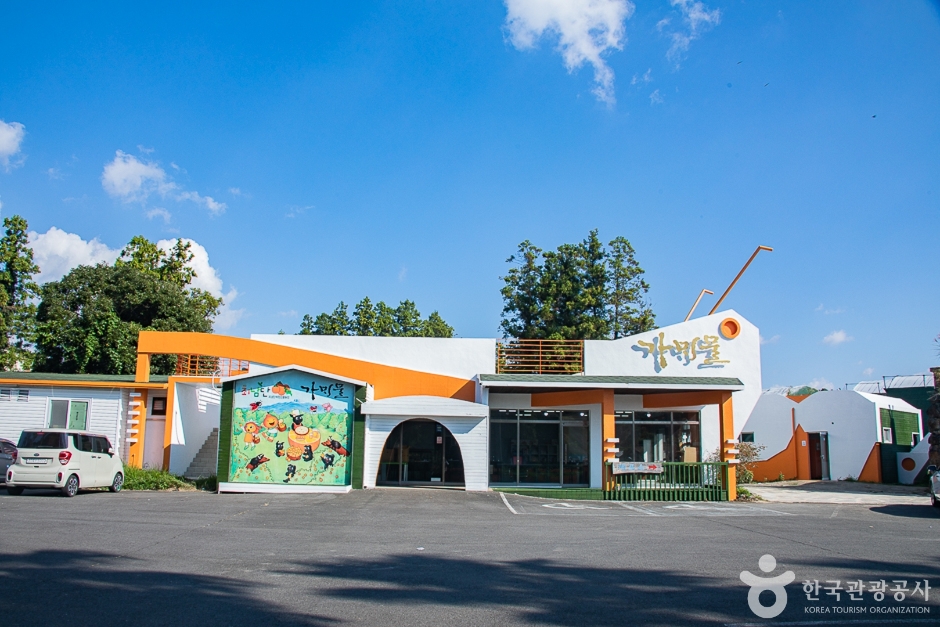
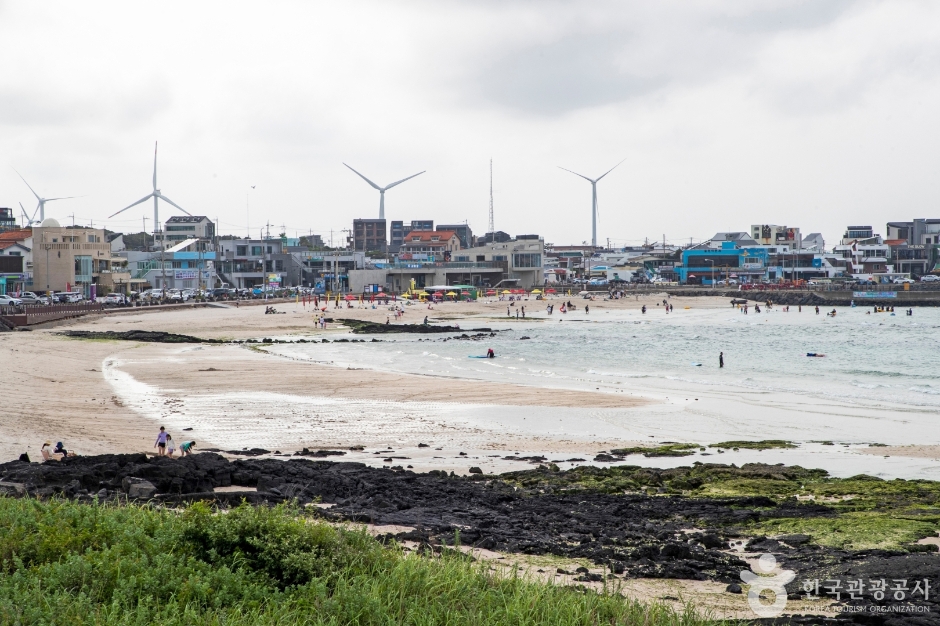
 English
English
 한국어
한국어 日本語
日本語 中文(简体)
中文(简体) Deutsch
Deutsch Français
Français Español
Español Русский
Русский